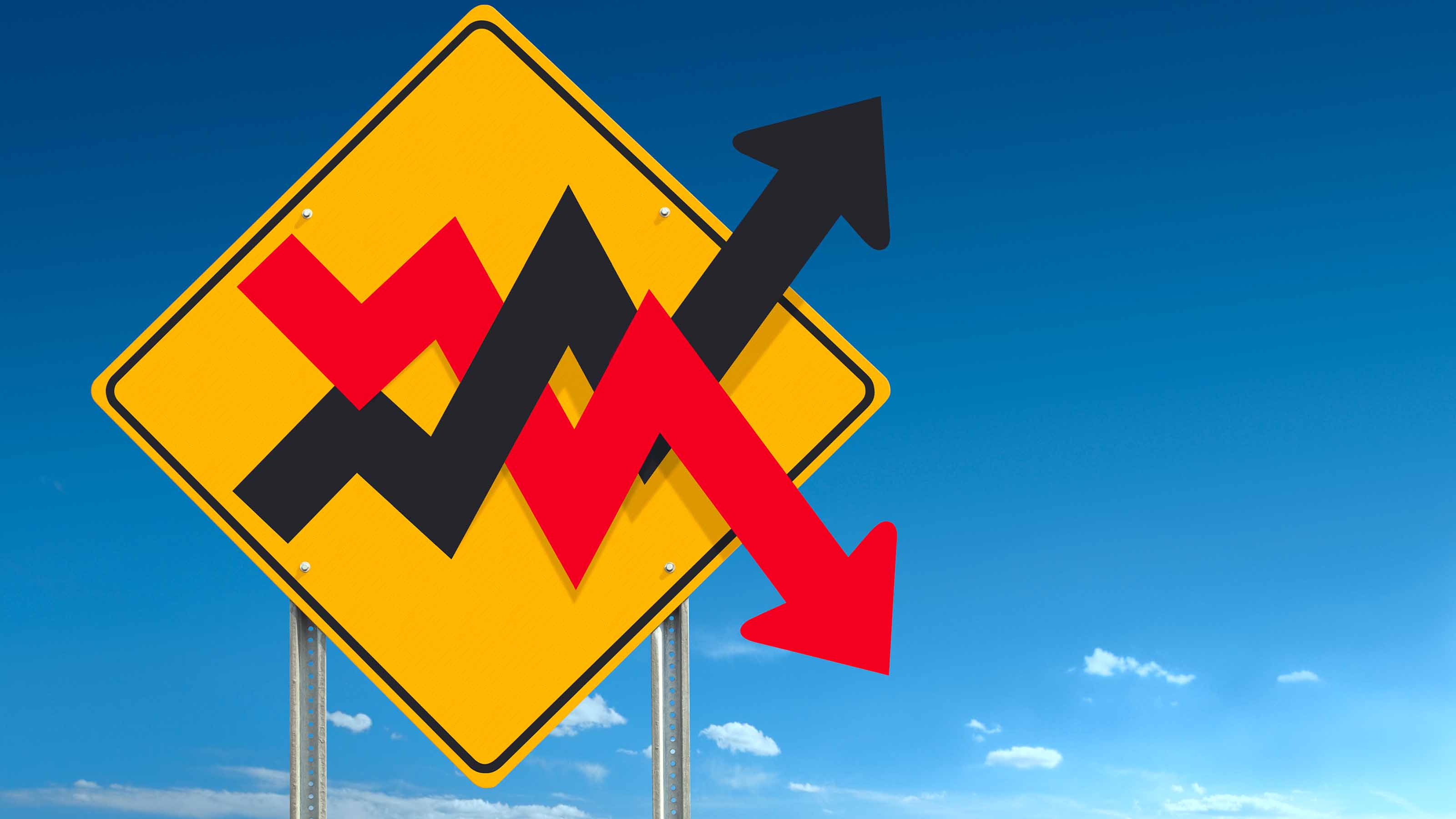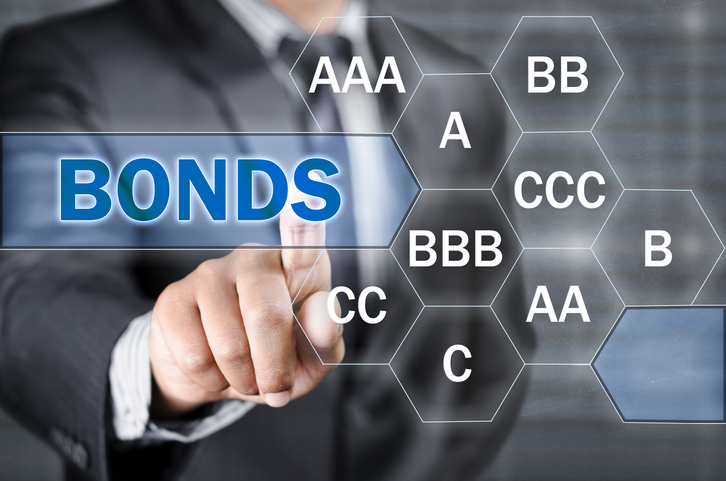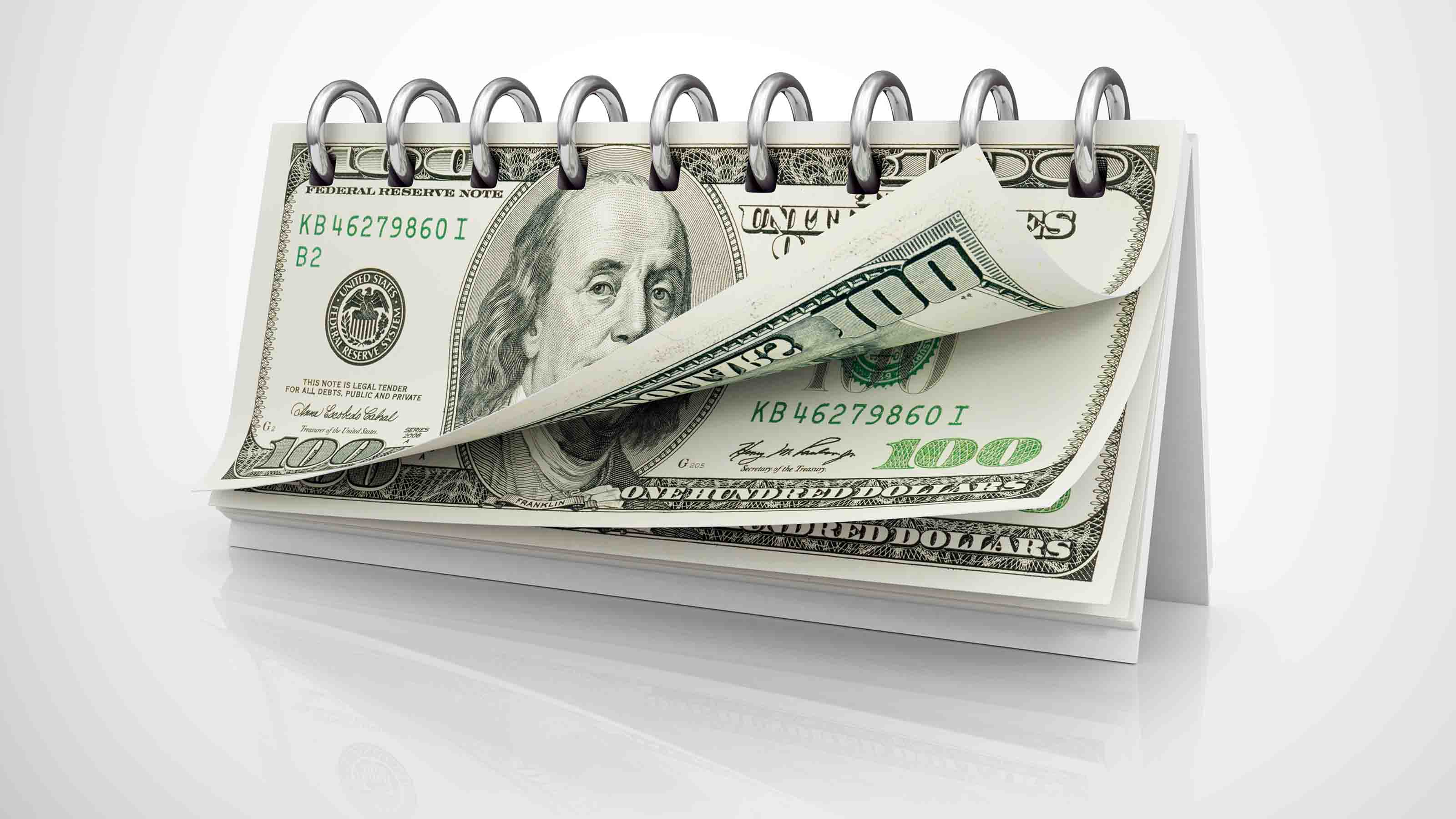The Great Yield Mirage
Be wary of yields that seem too good to be true.

After I recently praised electric-utility stocks and funds that invest in them as underappreciated sources of tax-friendly, 5% dividend yields, a reader named Mathew took me to task for omitting Gabelli Utilities Fund. The fund's Class AAA shares (symbol GABUX) "currently yield a dividend" of 14%, with no upfront sales load and reasonable expenses, Mat wrote.
Obviously, a 14% yield catches the eye. Gabelli Utilities pays Mat a fixed 7 cents a month per share. That's 84 cents per year. Divide that by the fund's net asset value (NAV) per share of $5.99 and you get 14%. So there is a veneer of truth in what Mat says.
Bogus Figure
Alas, there's a catch -- and it's a doozy. The fund's true yield, based on the dividends and interest it earns minus annual fees, is actually about 1%. Where does the 14% come from? It's based on distributions that consist almost entirely of a return of capital. That literally means you're getting your own money back. The 14% yield is a mirage.
From just $107.88 $24.99 for Kiplinger Personal Finance
Become a smarter, better informed investor. Subscribe from just $107.88 $24.99, plus get up to 4 Special Issues

Sign up for Kiplinger’s Free Newsletters
Profit and prosper with the best of expert advice on investing, taxes, retirement, personal finance and more - straight to your e-mail.
Profit and prosper with the best of expert advice - straight to your e-mail.
Gabelli Utilities isn't the only fund that engages in trompe l'oeil. More than 30 closed-end funds, which trade like stocks, have policies of "managed" distributions. In not one single case do these funds' earnings come close to covering the tab for their distributions.
When it comes to funds, there is widespread confusion about what yield really means. Yield is what a fund pays out in dividends or interest or both, divided by the fund's share price. Distributions refer to everything a fund disburses to investors, no matter the origin.
If a fund isn't earning 14% from dividends and interest, how does it come up with the cash to make such a large payment? It can do so by borrowing, tapping its cash reserves, liquidating fund assets (regardless of whether that's a smart investment decision) or selling new shares.
But unless a fund's holdings produce substantial appreciation, its NAV melts and melts. The concept "is kind of sketchy," says Mitch Reiner, of Capital Investment Advisors, an Atlanta firm that specializes in high-yielding portfolios. He compares the results of a managed-payout policy to the depletion of an annuity balance if you were to withdraw more money each year than the annuity earns on the principal.
In today's super-low interest rate climate, no ordinary utility fund could possibly support a 14% yield with its earnings alone. But "the average person doesn't get this," says Maury Fertig, head of Relative Value Partners, a Northbrook, Ill., firm that specializes in high-yielding investments. "People see a fund's payout numbers, a broker talks it up, it sounds great, and so they buy," Fertig says. Usually, it's to their regret.
Gabelli defends the managed-distribution concept, which it employs in several funds, as fair if you want "predictable, but not assured" payments. Helped by inflows from selling new shares, Gabelli Utilities has maintained the 7 cent monthly distribution since 2000. But it has done so at a price: Its NAV has eroded from nearly $12 per share in 2000 to the current $5.99. To make the fat distributions, the fund holds a lot of cash, which can be a drag on performance, especially when cash pays zilch.
All this said, Gabelli Utilities is not a bad fund. Over the past ten years through December 2, the fund returned an annualized 7.6%. That beat Standard & Poor's 500-stock index by an average of 4.7 percentage points per year and the typical utility fund by an average of one point per year. These figures assume reinvestment of distributions, which is of little concern to investors seeking fat yields. And lest you think I'm unfairly maligning Gabelli, I should note that many fund companies, including BlackRock, Eaton Vance, MFS and Pimco, sponsor funds with similar distribution policies.
But just because respectable companies sell these funds doesn't mean they're good products. If you want income but must preserve your principal, avoid Gabelli Utilities and similar funds.
Profit and prosper with the best of Kiplinger's advice on investing, taxes, retirement, personal finance and much more. Delivered daily. Enter your email in the box and click Sign Me Up.

Kosnett is the editor of Kiplinger Investing for Income and writes the "Cash in Hand" column for Kiplinger Personal Finance. He is an income-investing expert who covers bonds, real estate investment trusts, oil and gas income deals, dividend stocks and anything else that pays interest and dividends. He joined Kiplinger in 1981 after six years in newspapers, including the Baltimore Sun. He is a 1976 journalism graduate from the Medill School at Northwestern University and completed an executive program at the Carnegie-Mellon University business school in 1978.
-
 Dow, S&P 500 Rise to New Closing Highs: Stock Market Today
Dow, S&P 500 Rise to New Closing Highs: Stock Market TodayWill President Donald Trump match his Monroe Doctrine gambit with a new Marshall Plan for Venezuela?
-
 States That Tax Social Security Benefits in 2026
States That Tax Social Security Benefits in 2026Retirement Tax Not all retirees who live in states that tax Social Security benefits have to pay state income taxes. Will your benefits be taxed?
-
 QUIZ: What Type Of Retirement Spender Are You?
QUIZ: What Type Of Retirement Spender Are You?Quiz What is your retirement spending style? Find out with this quick quiz.
-
 The Most Tax-Friendly States for Investing in 2025 (Hint: There Are Two)
The Most Tax-Friendly States for Investing in 2025 (Hint: There Are Two)State Taxes Living in one of these places could lower your 2025 investment taxes — especially if you invest in real estate.
-
 The Final Countdown for Retirees with Investment Income
The Final Countdown for Retirees with Investment IncomeRetirement Tax Don’t assume Social Security withholding is enough. Some retirement income may require a quarterly estimated tax payment by the September 15 deadline.
-
 Why Investors Needn't Worry About U.S. Credit Downgrade
Why Investors Needn't Worry About U.S. Credit DowngradeFitch Ratings The United States saw its credit rating downgraded for just the second time in history, but experts aren't worried about the long-term damage to stocks.
-
 Income-Investing Picks for a Recession
Income-Investing Picks for a RecessionInvesting for Income Some consequences of an economic downturn work to the benefit of fixed-income investors. Here are three fund ideas that fit the bill.
-
 Dogs of the Dow Are 2022's Best in Show
Dogs of the Dow Are 2022's Best in Showdividend stocks Some of the best investments for income investors in a volatile 2022 have come from the Dogs of the Dow.
-
 Bond Values in a Volatile Market
Bond Values in a Volatile MarketInvesting for Income While the market's instability may not be over just yet, the latter half of the year should be less daunting – and possibly more rewarding – for investors.
-
 Should You Buy Bonds Now? What To Consider
Should You Buy Bonds Now? What To Considerbonds The fixed-income market has been turned on its head in recent years, but there are still opportunities for those looking to buy bonds again.
-
 Dividend Dates: A Beginner's Guide
Dividend Dates: A Beginner's Guidedividend stocks Everything you need to know about ex-dividend dates, dividend announcements and other parts of the dividend calendar.